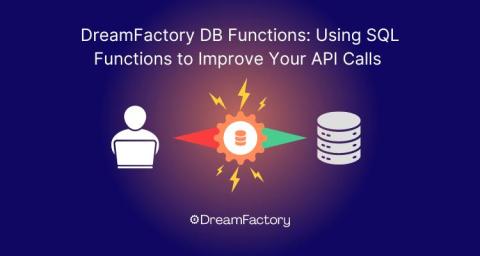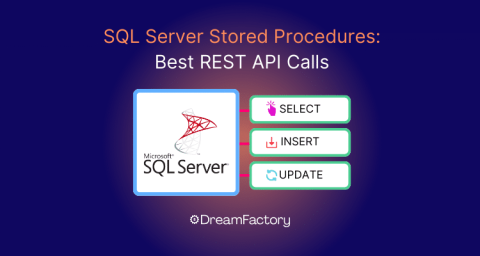Building the future of fan engagement: Key requirements for modern realtime experience platforms
Today’s fans are global - often based across the world from their favorite team, sports star, or artist; and they are also virtual - for example, 99% of NBA fans across the world will probably never set foot in an arena. These trends are driving a shift in not only fan behaviors, but also expectations. Fans engaging in live events virtually rely on applications to deliver rich realtime experiences with such low latency and reliability that it can almost replace the in-person experience.











